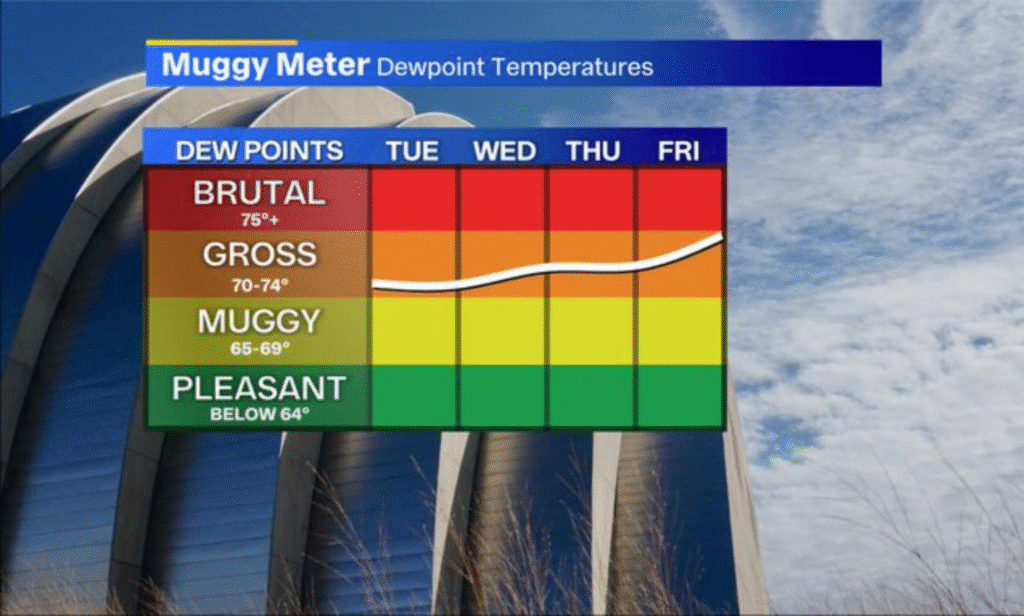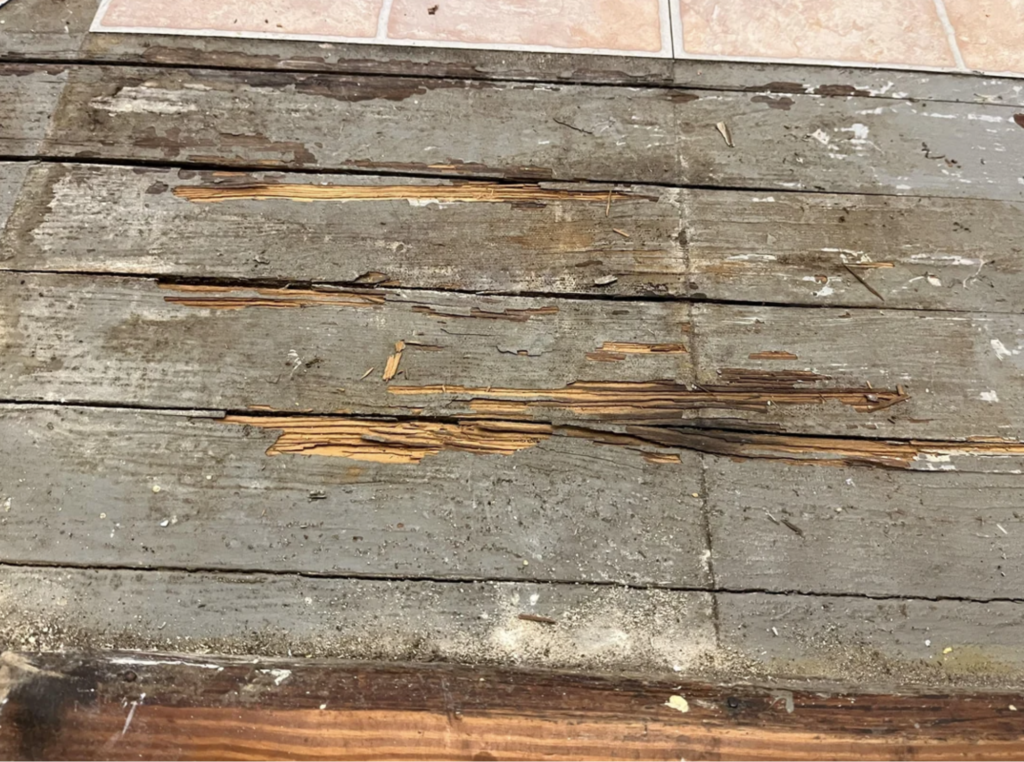The short answer is: not necessarily.
With the right materials, preparation, and expertise, you can install hardwood over tile or concrete. But it’s not as simple as laying planks and hoping for the best. This guide walks you through everything you need to know, based on industry-best practices from the National Wood Flooring Association (NWFA) and real-world installation experience.
Can You Install Hardwood Flooring Over Ceramic Tile?

Yes, you can install hardwood over ceramic tile—especially engineered hardwood, which is designed for more flexibility and dimensional stability.
But here’s the catch: tile isn’t a perfect subfloor. It needs to meet some strict conditions before it’s considered suitable for hardwood installation.
Requirements:
- Tile must be flat and secure — no loose tiles or uneven grout lines.
- Clean and dry — all dust, oils, and contaminants must be removed.
- Manufacturer-approved adhesive or underlayment must be used.
- Proper moisture testing must be performed to avoid future buckling.
According to NWFA guidelines, hardwood can be installed over ceramic tile only when using proper adhesives or underlayment, and only with manufacturer approval.
Best Option:
- Engineered wood flooring is the most reliable choice for tile. It’s designed in layers, which makes it more tolerant of minor subfloor imperfections and more stable in humid conditions.
Can You Install Hardwood Flooring Over Concrete?

Absolutely—but this is where proper installation methods matter most. Concrete is naturally porous, meaning it can harbor moisture long after it appears dry. Moisture is hardwood’s biggest enemy, so every precaution must be taken to protect the flooring investment.
Key Methods for Installing Hardwood Over Concrete:
1. Glue-Down Installation
Best for: Engineered hardwood

- Subfloor must be flat and dry (within 1/8″ in 10’).
- Moisture testing is critical. Use ASTM F-2170 or F-1869 methods.
- Vapor retarders may be required depending on test results.
- Use only manufacturer-approved adhesives.
Concrete must be flat, dry, structurally sound, and clean. A vapor retarder is recommended anytime wood flooring is installed over concrete.
2. Floating Subfloor Method
Best for: Solid hardwood or engineered hardwood

- Involves layering two sheets of CDX plywood over a vapor barrier.
- Panels are staggered and fastened together (but not to the concrete).
- Provides a stable, nail-down surface above the concrete slab.
“Solid hardwood cannot be nailed directly to concrete. A floated plywood subfloor is required.” – NWFA
3. Nail-Down Installation Over Plywood
Best for: Solid hardwood flooring

- Requires plywood to be glued or fastened to the concrete slab.
- Concrete must be dry, level, and at least 3000 psi.
- Adds height to your floor, so transitions and door clearances must be considered.
What About Lightweight Concrete?
Lightweight concrete (less than 3000 psi) is often too soft for adhesive to bond properly. If you’re unsure, try the “nail test”: draw a nail across the surface—if it leaves a mark, it’s likely lightweight.
In these cases, floating subfloors are recommended over glue-down installations.
Moisture Testing: Don’t Skip This Step
Installing hardwood over tile or concrete without testing for moisture is a gamble that rarely pays off.
Use these methods:
- Calcium chloride test
- Relative humidity test
- Calcium carbide (CM) test (common in Europe)
Each method helps determine whether the slab is dry enough to proceed—or whether a vapor retarder or moisture mitigation system is required.
Summary Table: Installing Hardwood Over Tile or Concrete
| Surface Type | Solid Hardwood | Engineered Hardwood | Prep Needed |
| Concrete | Yes (with plywood subfloor) | Yes | Flat, dry slab, moisture testing, vapor barrier |
| Ceramic Tile | Sometimes (not recommended for solid) | Yes | Must be level, clean, and fully bonded; adhesives/underlayment required |
| Lightweight Concrete | Not recommended for glue-down | Yes (with floating subfloor) | Use plywood layers; vapor barrier required |
So Should You Do It?
Installing hardwood over tile or concrete can save time, effort, and money—but only if done correctly. If you cut corners on moisture testing, subfloor prep, or product choice, you risk warping, cupping, or total floor failure.
To get it right the first time:
- Always follow NWFA and manufacturer guidelines.
- Work with a qualified flooring professional who understands the nuances of subfloor prep.
At Kimminau Wood Floors, our team brings decades of experience to every hardwood installation—whether it’s over concrete, tile, or even gym floors. We’re proud to serve Kansas City with expert craftsmanship and service you can trust.
Need help deciding what flooring solution is right for your space?
Contact us today for a free consultation.








